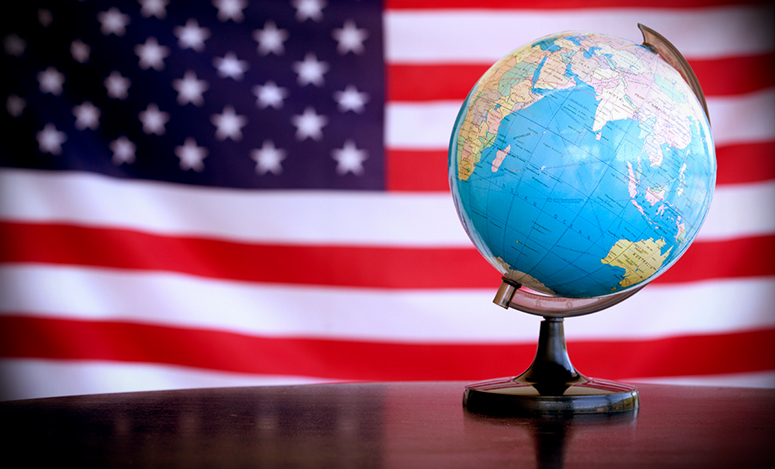Trump's Trade Negotiations: Navigating Tariffs and Tensions with China
As President Trump hints at a fair trade deal with China, the White House considers tariff adjustments to ease ongoing tensions. With Treasury Secretary Scott Bessant signaling a possible breakthrough by the third quarter, the stakes remain high for both economies.
In a press briefing outside the White House, President Donald Trump expressed optimism about achieving a fair trade deal with China, emphasizing that negotiations are actively ongoing. This statement comes amidst reports that the White House is contemplating reducing tariffs on Chinese imports as part of efforts to deescalate trade tensions. Current tariffs on Chinese goods stand at 145%, and discussions may lower these rates to between 50% to 65%.
Trump's remarks reflect an ongoing commitment to addressing trade imbalances with China, although he did not delve into the specifics of the proposed tariff changes. "Everything's active. Everybody wants to be a part of what we're doing," he stated, suggesting that nations are becoming aware that they cannot take unfair advantage of the U.S. indefinitely.
Treasury Secretary's Insights on Tariffs
In a related statement, Treasury Secretary Scott Bessant highlighted that high tariffs between the U.S. and China are unsustainable in the long term. He pointed to a potential opportunity for a significant trade deal, contingent on China's willingness to shift its economic focus from export-led growth to a more balanced domestic economy. Bessant's comments underscore the U.S. aim to rebalance trade relationships and reduce reliance on imported goods.
Bessant also noted that clarity on the future of tariffs could be expected by the third quarter of this year, aligning with Trump's goal of reforming trade relations. The ongoing talks come against a backdrop of existing tariffs imposed not only on China but also on other imports, including a blanket 10% tariff on goods from various countries and higher duties on steel and aluminum.
Challenges Ahead
The prospect of tariff reductions has stirred speculation in financial markets, raising concerns about potential economic downturns. Secretary Bessant emphasized that any tariff reduction would need to be part of a mutual agreement between the U.S. and China, countering earlier reports suggesting unilateral action by Trump. He reiterated the necessity for formal negotiations to achieve a balanced solution.
As the U.S. navigates its trade policy, the implications of these negotiations extend beyond bilateral relations, affecting global markets and economic forecasts. The outcome hinges on both nations’ willingness to engage in constructive dialogue and implement structural changes in their economies.
Conclusion
The trade relationship between the U.S. and China is at a critical juncture, with hopes for a fair deal amid ongoing tariff tensions. As President Trump and Treasury Secretary Bessant continue to communicate their strategies, the business world watches closely, anticipating how these developments will shape the future of international trade. Ensuring a balanced and sustainable trade relationship will be vital for both economies moving forward.
Stay updated on the latest trade developments as the situation unfolds.
What's Your Reaction?















